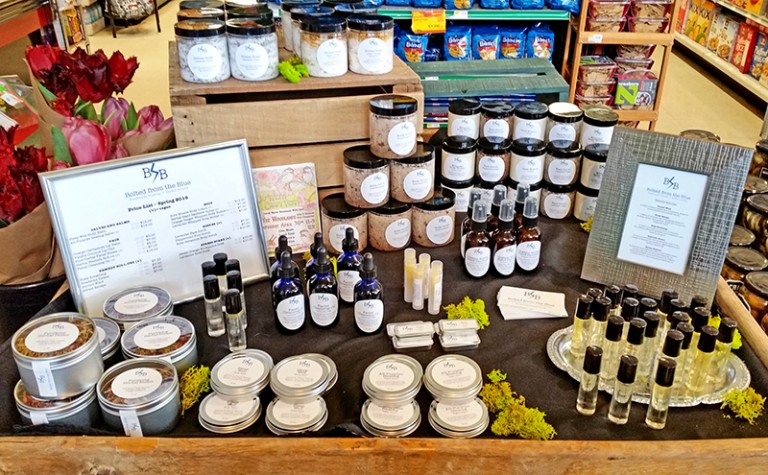Here’s Why:
What is clear is that the Atlantic bluefin is in trouble. Atlantic bluefin have two known spawning grounds in the world — the Mediterranean and the Gulf of Mexico and the two populations or “stocks” of Atlantic bluefin cross the ocean and often intermix. The Western stock is down by 95% according to some estimates. The larger Mediterranean spawned stock may be down by as much as 80% off historical numbers. With the CITES failure, the bluefin season opened as per usual in 2010 and a fleet of industrial fishing boats were let loose to hunt the fish in the Mediterranean just as they were about to spawn. Bluefin are slow growing, late to mature, and long-lived compared to other tropical species of tuna.
With the BP Oil spill, the remaining giant bluefin in the Western Atlantic were hit by toxic oil and oil dispersants just as they were beginning their courtship rituals. Can a fish whose population is so diminished and threatened by pollution stand up to any more fishing pressure? Many experts fear it cannot.
But there’s a larger question here. Nearly all tuna spend time in what’s called the “high seas” — international waters that are owned by everyone and noone. Currently, sustainable management of the high seas, and the highly migratory fish that travel them, just isn’t working. The Atlantic bluefin’s decline is proof. And there are many more economically important fish out there — swordfish, other important tunas like yellowfin, big eye, and albacore — all of them fall under the aegis of similar management institutions that are stewarding over the collapse of the Atlantic bluefin. We need to start seeing the big fish of the world for what they are: sensitive wildlife that can only be harvested in very limited numbers. And we need to let scientists, not politicians, set fishing quotas.
[fusion_builder_container hundred_percent=”yes” overflow=”visible”][fusion_builder_row][fusion_builder_column type=”1_1″ background_position=”left top” background_color=”” border_size=”” border_color=”” border_style=”solid” spacing=”yes” background_image=”” background_repeat=”no-repeat” padding=”” margin_top=”0px” margin_bottom=”0px” class=”” id=”” animation_type=”” animation_speed=”0.3″ animation_direction=”left” hide_on_mobile=”no” center_content=”no” min_height=”none”]
Q: You traveled around the globe to research wild fish hunting and fish farming. What is the most interesting thing you learned?
A: I’ve been surprised to find there are some fish farmers out there who come at their discipline from a place of environmental awareness and deep ecology. Over the years, fish farming has gotten a bad rap and some of it is deserved. Big industrial salmon farming interests can be pretty harmful. But the folks on the cutting edge of taming fish and figuring out husbandry systems — people like Josh Goldman who grows barramundi in closed containment facilities in the Berkshires — those people have as great, if not a greater concern about sustainability than anyone in the organic food movement. I think we need to get past that knee jerk dismissal of all farmed fish and start to see what works and what doesn’t.
Reccomended Reading:
Bottom Feeder: How to Eat Ethically in a World of Vanishing Seafood by Taras Grescoe
Four Fish: The Future of the Last Wild Food by Paul Greenberg[/fusion_builder_column][/fusion_builder_row][/fusion_builder_container]

